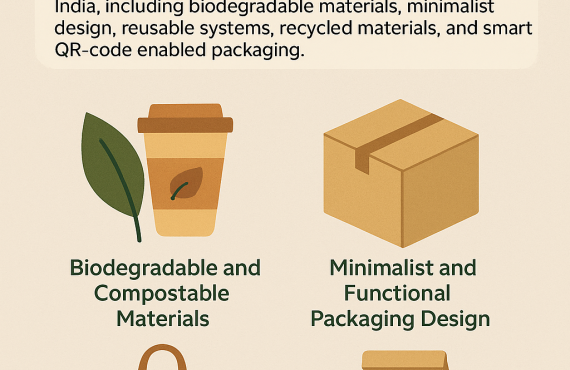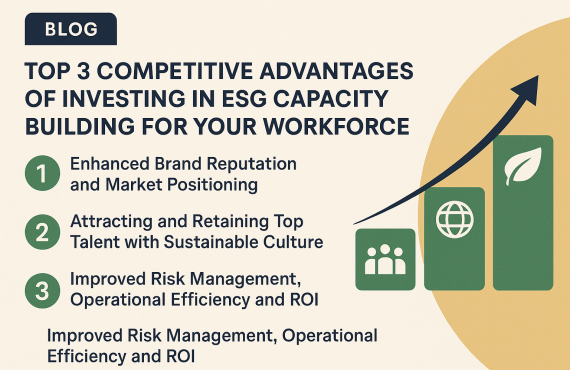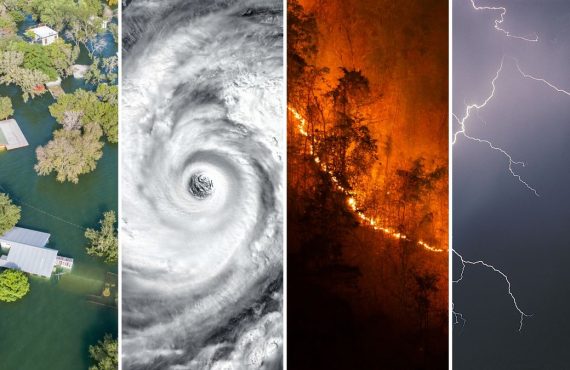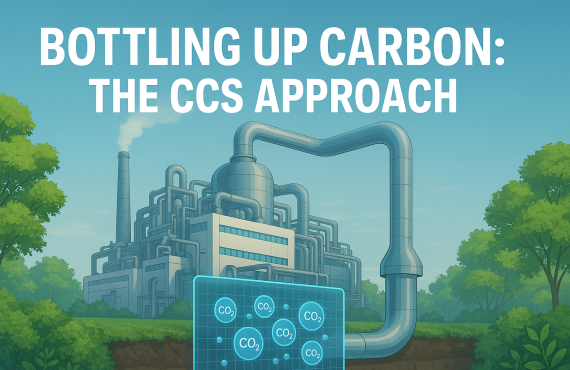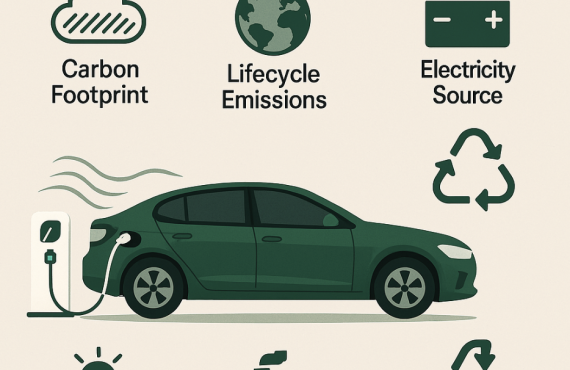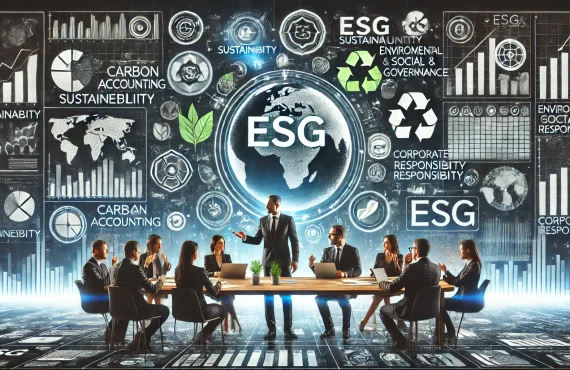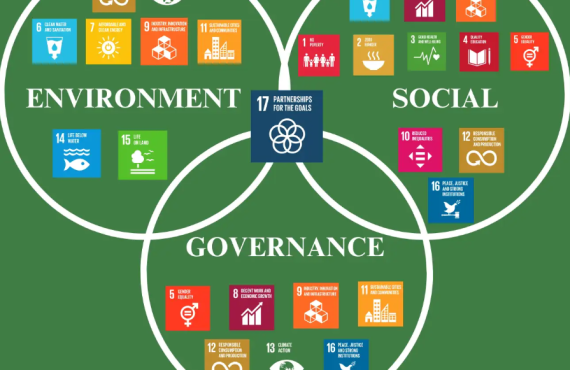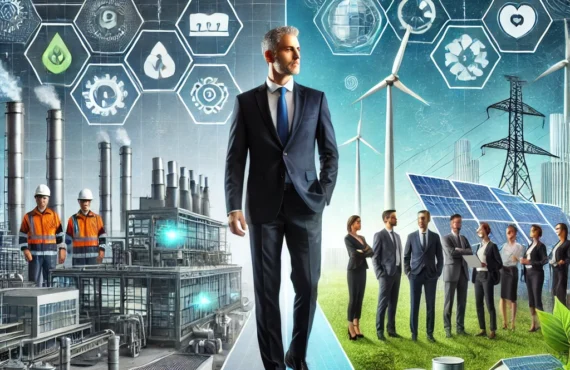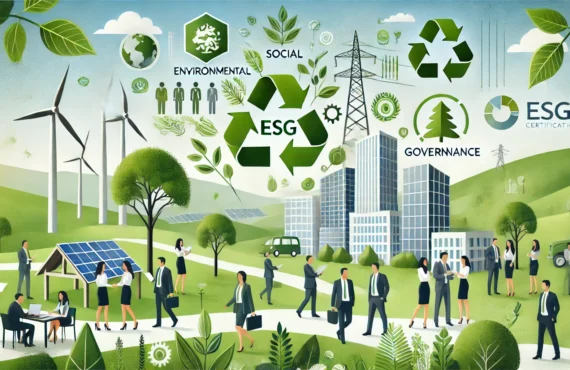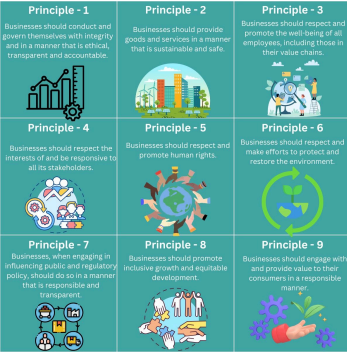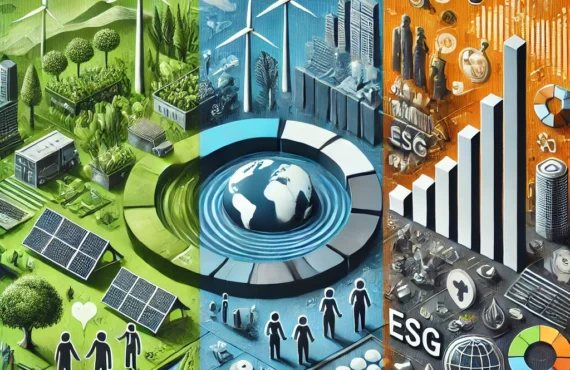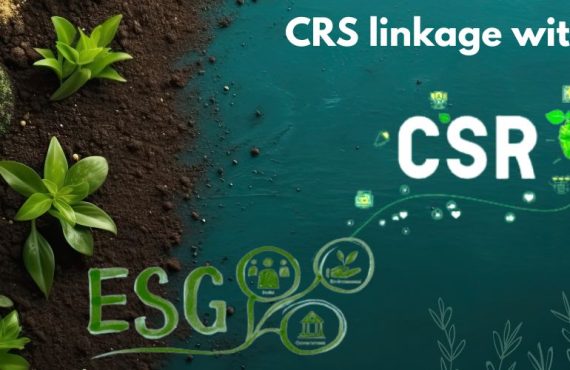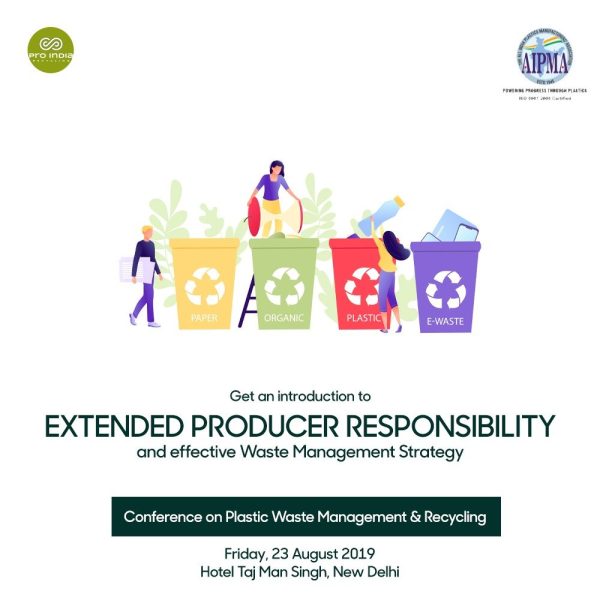🌐 Climate Lockdown: Capture in Action
In the wake of the global pandemic, the world witnessed how swiftly and dramatically governments can impose lockdowns, reshape societies, and redefine “normal.” As we pivot from one global emergency to another—from health to environment—a new phrase has begun to emerge in policy discussions and media speculation: “climate lockdown.”
But this isn’t some dystopian conspiracy. In fact, pieces of the concept are already being tested, implemented, and normalised across the globe.
So what exactly is a climate lockdown, and how is it being quietly rolled out under different names and narratives?
🔍 Defining “Climate Lockdown”
A climate lockdown is a theoretical response to escalating climate crises. The concept involves emergency regulations similar to COVID-era restrictions but geared toward reducing carbon emissions and environmental damage.
In this scenario, governments or transnational bodies might:
- Ban non-essential travel (especially air travel)
- Close polluting factories temporarily
- Enforce remote work or learning
- Ration electricity and fuel
- Introduce carbon caps on personal consumption
While the term sounds extreme, parts of this framework are already being implemented or proposed under other banners—sustainability, smart governance, ESG compliance, or net-zero commitments.
🧩 The Machinery of Capture: Building the Framework
Let’s look at the infrastructure and systems currently being put in place. Together, they function like an invisible net—subtle, non-coercive (for now), and increasingly normalised.
1. 🏙️ 15-Minute Cities and Geo-Fencing
The idea of the 15-minute city—where everything you need is within a 15-minute walk or bike ride—sounds utopian. But critics argue it can easily become a tool for geo-fencing and restricting freedom of movement.
- Real-world example: Oxford, UK, plans to introduce traffic filters and digital monitoring to limit how often residents can drive outside their zones.
- Potential risk: These zones may shift from promoting accessibility to controlling mobility, especially with surveillance and AI traffic systems.
Capture in Action: Voluntary lifestyle shifts become enforceable through digital fines, checkpoints, or biometric access.
2. 🛰️ Digital IDs and Carbon Passports
The World Economic Forum, the UN, and various NGOs have floated proposals for digital identity systems tied to health, finance, and carbon tracking.
- Mastercard’s DO Black card tracks carbon emissions from purchases and blocks transactions when a limit is reached.
- Apps like Doconomy and Cogo help users monitor their carbon footprint—today it’s optional; tomorrow, it might be tied to taxation, travel, or credit eligibility.
Capture in Action: Carbon tracking becomes a form of social credit. A low-carbon lifestyle becomes not just virtuous—but mandatory.
3. 💳 CBDCs and Programmable Currency
Central Bank Digital Currencies (CBDCs) are gaining traction worldwide. These state-backed digital currencies could include programmable features—restricting where, when, and on what your money can be spent.
- Imagine fuel credits that expire if unused within a month.
- Or money that cannot be used to buy plane tickets if you’ve exceeded your carbon quota.
Capture in Action: Money becomes conditional, behaviourally driven, and climate-linked.
- 🧠 Behavioral Nudging and Media Framing
Governments and institutions now use behavioural economics and data-driven persuasion (a.k.a. nudging) to steer public behavior toward climate goals.
- Green checkmarks for sustainable behaviour
- Shaming campaigns for “carbon gluttons”
- Social rewards for eco-compliance
During COVID-19, we saw how powerful media narratives could justify extreme restrictions. The same messaging tools are now pivoting to climate—“flatten the curve” becomes “cool the planet.”
Capture in Action: People comply not because they’re forced—but because they’re convinced.
🛑 Is It Still About the Climate?
Here’s the million-dollar question: is this infrastructure being built only for climate action? Or are we entering an era of total technocratic governance, where crisis becomes the justification for permanent control?
Critics argue that once emergency powers are normalised, they’re rarely rolled back. Whether it’s lockdowns, surveillance, or data collection—climate may be just the next front in a much broader campaign to engineer society.
“Never let a good crisis go to waste.” — Winston Churchill (and later, Rahm Emanuel)
⚖️ The Tension Between Urgency and Liberty
Climate change is real. The need to act is undeniable. But how we act is just as important as what we do. Sacrificing transparency, autonomy, and democratic oversight for the sake of “saving the planet” opens a dangerous door.
Key questions we must ask:
- Who decides what counts as “non-essential” activity?
- Will personal carbon limits be enforced equally across classes?
- How much control should the state or corporations have over daily life?
🔮 The Future: Sustainable or Submissive?
A sustainable future doesn’t have to mean a controlled future. But we’re approaching a fork in the road.
- One path leads to decentralised, open-source, bottom-up climate solutions.
- The other leads to centralised, top-down, surveillance-enforced compliance.
The latter might work faster—but at what cost?
💬 Final Thoughts
The climate crisis demands action, but not at the expense of democratic freedom or human dignity. As citizens, we must stay vigilant, ask hard questions, and push for solutions that balance environmental stewardship with personal liberty.
The climate lockdown may not arrive with police barricades or curfews—it may come in the form of apps, algorithms, and quiet restrictions disguised as progress.
Are we being saved—or slowly captured?
Let’s stay awake. Let’s stay free. 🌱




